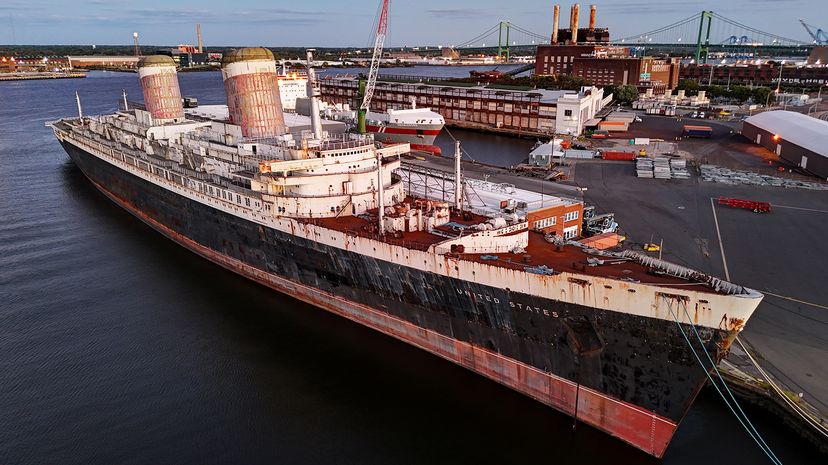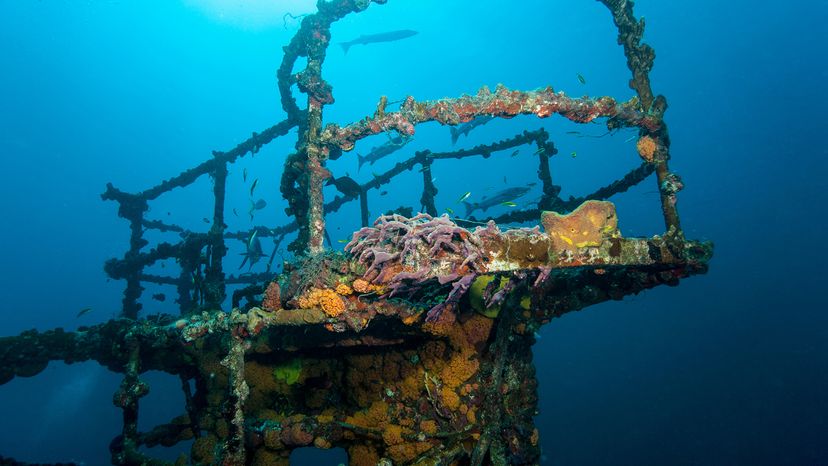
Once the crown jewel of American maritime innovation, the SS United States is again making waves — but this time, it might be under the sea.
This massive historic flagship, long docked in Philadelphia’s Delaware River, is now at the center of a county-approved plan to transform it into the world's largest artificial reef off Florida's Gulf Coast near Destin-Fort Walton Beach — though no federal permits have yet been granted and competing proposals exist.
Advertisement

